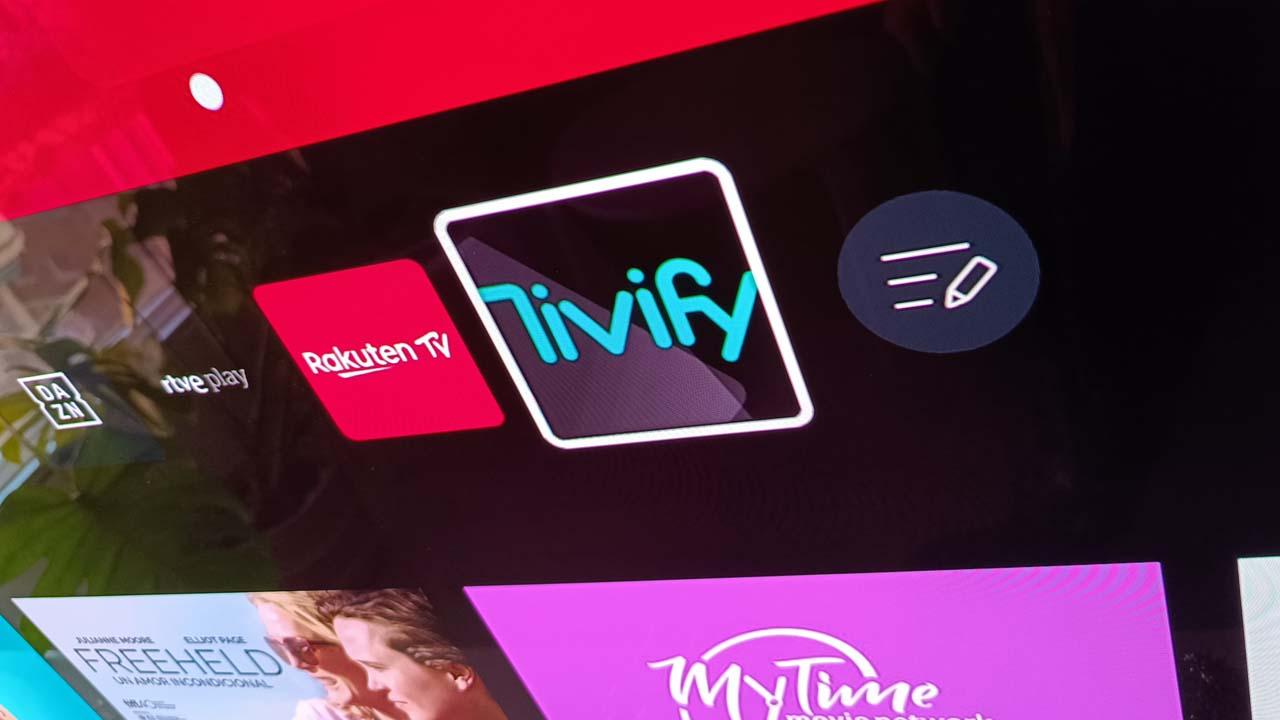This November 18 we learned that the Ministry of Defense awarded Vodafone a contract of 1.8 million euros for the operator to deploy private 5G networks that are put at the service of the Military Emergency Unit (UME), in cases of disaster such as that of the DANA of Valencia. In this context, Vodafone will also provide a captive drone that will serve as a 5G antenna to expand coverage and extend it to areas where the terrain is littered with obstacles.
By now, we all know very well what drones are, however, the term captive drone can catch more than one of us by surprise.
As part of the 5G network infrastructure that Vodafone will provide to the army in new disaster situations if they occur, the operator will also use a captive drone that the UME can use to bring the mobile connection to the most problematic places.
A captive drone is nothing more than a conventional drone with the difference that it is tethered or connected by cable to a node vehicle. That is, we are talking about a drone that, instead of flying freely over the area, is restricted in movement, remaining at a static point in the air and connected to the vehicle.
Advantages of the captive drone
The reason why it is interesting to use this type of drone in these cases is multiple. On the one hand, we can provide the drone with energy indefinitely via a charging cable, so that it does not depend on limited autonomy to remain operational. On the other hand, it must be understood that keeping the drone at a fixed point in the sky avoids possible risks such as a failure ending up disconnecting the drone from its control and causing it to fall into a populated area, possibly injuring someone on the surface.
In addition, the captive drone can be used to monitor a large area using the built-in camera, all from its position in the air and without requiring someone to manually control the movement of the device at all times. Finally, (and depending on the type of cable used) the transmission of data to the control can be ensured, without depending on the wireless connection to send video recordings, for example.
For all this, we see that although the idea of a drone tied with a cable may seem, at first, counterintuitive due to the functions that drones are supposed to provide, in reality the captive drone can provide concrete utility in various use cases. , such as catastrophe situations.
A valuable feature for these drones is stability in the air, as they must remain in a fixed position for a long time. In this sense, the cable itself acts as an anchor. Likewise, their cameras can capture higher quality images than they would if they were moving.
Private 5G network
These captive drones, as we say, are part of the package that Vodafone will offer, under contract with Defense, to deploy 5G networks in emergency areas that can reach a surface of 10 kilometers in radius in direct line of sight and up to 5 kilometers in terrain. more difficult.
The contract obtained by Vodafone has a duration of 2 years and 2 months, and Orange and Telefónica also presented themselves for the award.













